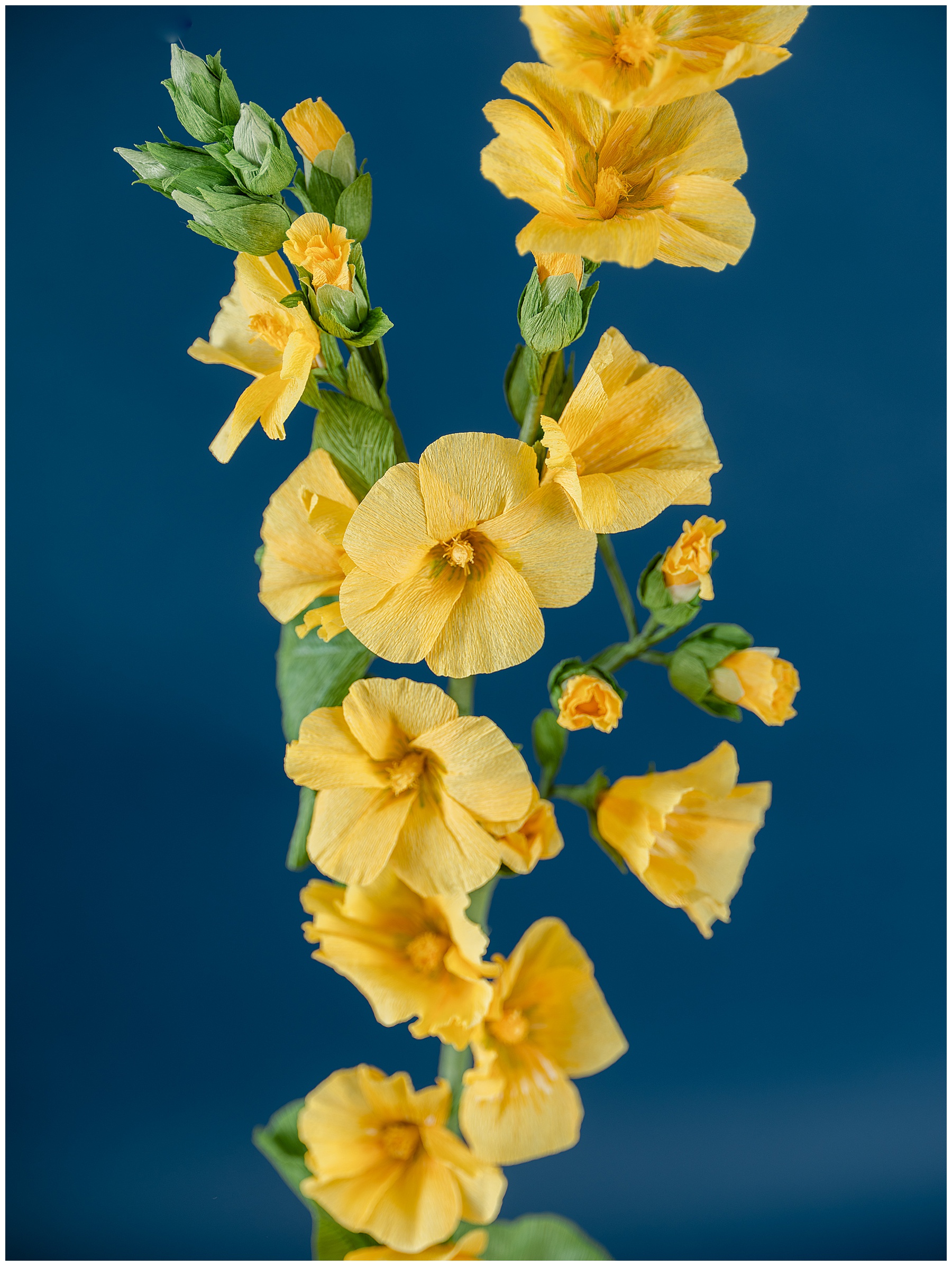What is the biggest growing pain for small, creative businesses?
Dec 11, 2020
How do you choose a starting price point? How do you raise prices? How much profit can you make with a creative, small business?
If you haven’t guessed already, the biggest growing pain you’ll face as a small business is figuring out pricing. After reading this post you will feel empowered when setting prices for your goods and services because you will learn pricing strategies that will take your business to the next level.

In October we held the first lecture in our Paper X Talk lecture series, and our panelists shared their growing pains with pricing. We’ve all had the same questions: How will you cover supply and time costs? How are you going to pay your living expenses? Will this ever be more than a hobby?
We all have to find the right price point for our market and for our own needs, and this isn’t something you do once and leave alone. Our panelist Jesalyn Pettigrew of Mossy Gate Flower Farm checks the wholesale flower market prices on a regular basis, both nationally and locally, against her own prices and makes constant little adjustments. Even though she works as a flower grower, the principle is just as true in our industry.

Feeling anxious already? Don’t worry. Once you get into your groove, you’ll be able to set prices with confidence and start making a profit. Let’s dive into some of the concrete things you can do.
Perks of Networking
Many of you know that I come from an event planning background. One of my brides asked if I would make paper flowers for her wedding, and I fell in love with the art. My costs were wrapped up with my event planner fees. I was paid for those flowers but had no idea how to charge for whatever I made next.

Paper flowers were not very popular back then, but like so many of you, I have a can-do attitude. I used a pricing formula using the minimum wage and experimented with different price points, but one of the best things I did was network.
Building up our paper flower community has long been a passion of mine, and one of the big perks is that we can help each other out when it comes to pricing. Many paper florists don’t publish prices online for various reasons. That doesn’t mean that we can’t ask each other about it, though. That valuable data will help you judge what the market can bear and whether or not you’re underselling yourself.
I am constantly asking questions and bouncing ideas off of my trusted group of peers. They help me problem solve and understand the market better than I ever could on my own. One great way to start networking right now is to join our Facebook group.
Get Paid Upfront
One of the people I rely on is a paper florist and author Jessie Chui of Crafted to Bloom. Her paper flower journey also started with a wedding, but in her case, it was her own.
Jessie’s specialty is floral arrangements. She knew early on that she wasn’t interested in selling single stems, because she loves the process of visualizing and planning out all of the components that will create a whole.

That means that she is putting a lot of time, money, and effort into a single piece. To protect herself from not being able to sell an arrangement, she only works off of commission, and as she shared at our Paper X Talk, she always gets paid upfront.
You don’t want to sink time into a big project, only to have the customer change their mind and disappear. For something like a wedding, that may mean half upfront, half just before delivery. You can work out the details, but protect yourself. It doesn’t matter what your prices are if they never get paid.
Get Paid for Your Time
Another of our panelists at the Paper X Talk was floral designer Erin Shackelford of Camas Designs. Her fresh flower business started broadly so that she could figure out what she liked (a good tip for paper florists, as well). She soon learned that weddings fed her soul. She found her passion. Now she had to make money.
The first wedding season she worked, she did not make money. Her big mistake? She approached pricing like retail and simply charged more than wholesale. She didn’t take into account everything that had a cost: tools, vases, ribbon, chicken wire, etc. And most importantly, she didn’t account for her time.
Your time has value. The time you spend emailing customers, researching how to make a particular flower, picking up supplies—all of that costs you time and is therefore valuable. Each day you gain a little experience, and that makes your time even more valuable. Don’t discount that.
Every year, Erin looks back at an average wedding and deconstructs the costs to make sure that her prices are really where they should be. That includes looking at the time she spent on small tasks like phone calls and ordering supplies. This is a great practice for any small business owner to make sure that your prices reflect the time you spent on a project.

For even more in depth information about pricing, you won’t want to miss out on our Paper X Talk. If you couldn’t attend the live lecture, you can still purchase the replay. Here’s what you’ll learn:
- How we calculate our prices.
- Why diversifying your business is so important and ideas that you can try.
- My trick to make networking easy (because it’s hard to talk about your own work!).
- How to leave room for creativity when you set prices.
- Why you need to find your niche within your industry.
- How we troubleshoot our problems and overcome setbacks.
Our conversation covered all of this and more. Between the four of us panelists, we have twenty years of experience, and it was such a joy to combine that knowledge and present it in a useful, accessible way. You can get a little taste of what the lecture is like by listening to our episode about pricing on Paper Talk.
It’s a time for new beginnings with the crazy twists and turns Covid has brought and with 2021 on the horizon. Take advantage of this opportunity to look back on what hasn’t worked for your business and to look forward with a better strategy. Learn how your hobby can grow into something sustainable.
Join me, Jessie, Erin, and Jesalyn for only $37, or bundle the entire lecture series on pricing for $97. And if you still have questions about pricing after listening, don’t fret that you missed the opportunity to ask live! We’re more than happy to answer in our Facebook group.
Coming Soon: My First Book!
How To Make Paper Flowers
Sign up for a sneak peek at the book, and for updates on its publication.
I respect your privacy and will never share your email and contact information with any third party without your permission.



